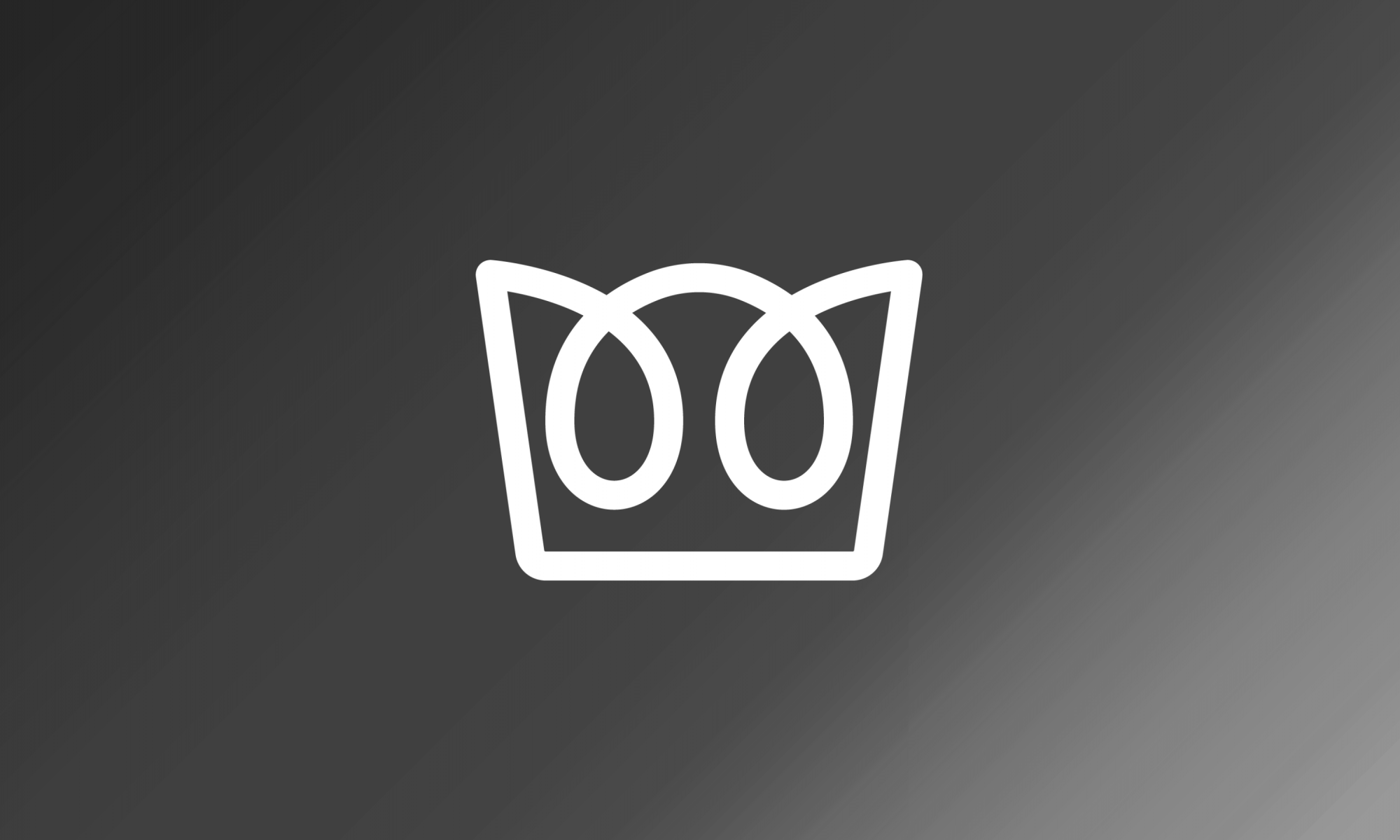Last week we focused on Windjammer Surf Racers and how it was a product of Knott’s Berry Farm’s attempt to navigate the space between the family and thrill market. It faced the problem of Magic Mountain dominating the thrill market with major coaster additions, many of which we’ve discussed here, and Disneyland’s hyper detailed themed experiences. Northern California in the late 90s had a far less competitive theme park market. After the construction and runaway success of Tidal Wave in 1977 Marriott’s Great America, eventually Great America in 1985 and then Paramount’s Great America in 1993, had remained consistent with coaster trends. In 1986 they opened the wooden Grizzly, 1991 saw the addition of the B&M standup Vortex, and 1993 saw the addition of the still-beloved B&M invert Top Gun. These consistent additions, despite changes in ownership, resulted in a solid coaster collection any regional park could be proud of.
Continue reading “Lost Coasters of California – Part 8: Invertigo”Lost Coasters of California – Part 7: Windjammer
Today’s roller coaster landscape is becoming increasingly international. With the rise of streaming video, social media, and even Google Translate the coaster enthusiast community and industry is more connected than it’s ever been. With the recent rise of Chinese theme parks and Chinese ride manufacturers it’s easy to forget a time when Japan seemed second only to the United States as a thrill ride destination. The undisputed king of the Japanese coaster manufacturers was “Toyo Goraku Ki Kabushiki Kaisha” or TOGO. TOGO opened their first roller coaster in 1953 at Hanayashiki park in Tokyo and soon began building rides all over Japan. In 1983 their stand-up coaster model was opening at Kings Island as King Cobra, bringing TOGO to North America. Over the next two decades TOGO would try to capitalize on this success and expand into the American and European market. They eventually opened a subsidiary named TOGO International headquartered in Middletown, Ohio. While there was some success an ill-fated 1997 project at Knott’s Berry Farm would mark the end of TOGO’s presence as a leader in the coaster world.
Continue reading “Lost Coasters of California – Part 7: Windjammer”Lost Coasters of California – Part 4: Colossus
When a park sets out to build the biggest, fastest, and baddest coaster around the problem always arises that its records and stature will eventually be surpassed. For Magic Mountain’s Colossus this was not a problem for much of its life. From its construction in 1978 until the construction of Viper in 1990 it was the tallest full circuit coaster in all of California. After Viper Colossus reigned as the king of the California wooden coasters until it’s RMC conversion in 2014, passing the crown to the nearby GhostRider.
Continue reading “Lost Coasters of California – Part 4: Colossus”
